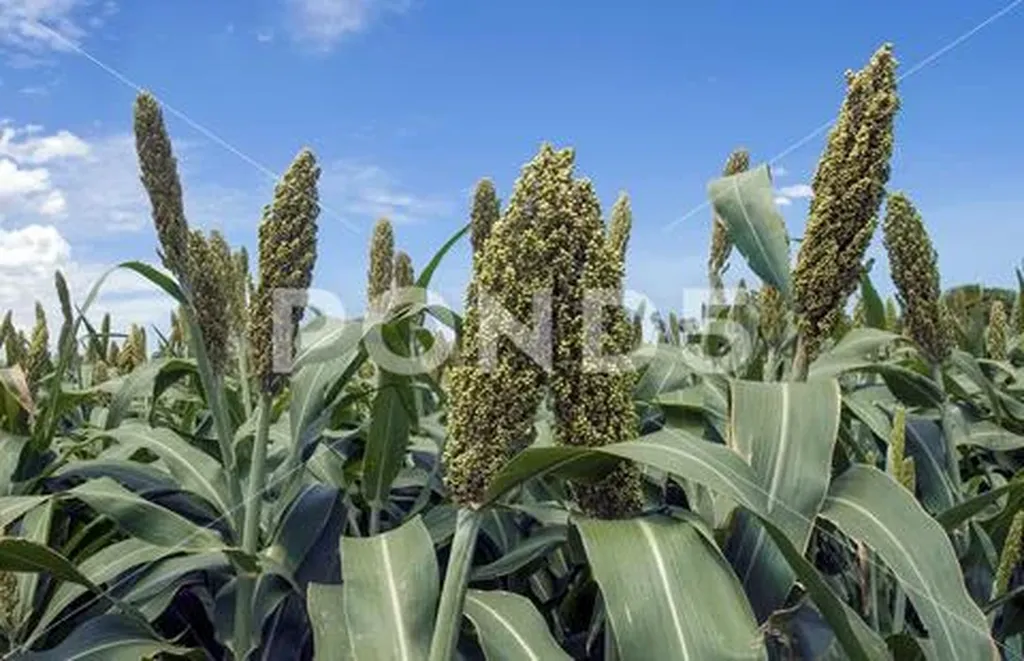In the heart of Tamil Nadu, India, a groundbreaking study is unlocking new potential for sorghum, a staple crop that feeds millions worldwide. Researchers at the Centre for Plant Breeding and Genetics, Tamil Nadu Agricultural University, led by M. Jayaramachandran, have been exploring the fascinating world of somaclonal variations to enhance the yield of fodder sorghum. Their findings, published in the ‘International Journal of Bio-Resource and Stress Management’, could have significant implications for the agriculture sector, particularly in livestock farming and crop improvement.
Sorghum, a drought-tolerant crop, is a vital source of green fodder for livestock, especially in arid and semi-arid regions. However, its productivity has been a persistent challenge. The research team tackled this issue by inducing somaclonal variations—genetic changes that occur in plants derived from tissue culture—in fodder sorghum variety CO (FS) 29. They standardized the process using suitable explants and a combination of phytohormones to achieve maximum callus induction and regeneration.
The in vitro derived plants, termed somaclones, were then evaluated for quantitative traits in the field. The results were promising. “The somaclone (SC2) lines recorded extensive variations for several quantitative traits,” Jayaramachandran explained. These traits included plant height, days to 50% flowering, number of tillers per plant, leaf length and breadth, panicle length, grain yield per plant, and most crucially, green fodder yield per plant.
The variations observed in the somaclone lines offer a wealth of opportunities for crop improvement. By selecting and breeding the most promising lines, researchers can potentially develop new sorghum varieties with higher green fodder yields. This could significantly boost livestock productivity and contribute to food security in regions where sorghum is a staple crop.
Moreover, the study’s findings could pave the way for similar research in other crops. “The scope for improvement of green fodder yield plant-1 is discussed,” Jayaramachandran noted, hinting at the broader applications of their work. By understanding and harnessing somaclonal variations, researchers can accelerate crop improvement programs and develop varieties that are more resilient and productive.
The commercial impacts of this research are substantial. For the agriculture sector, particularly livestock farming, higher yielding sorghum varieties could mean increased feed availability and improved animal productivity. For farmers, it could translate to higher incomes and improved livelihoods. For consumers, it could contribute to more affordable and accessible food.
As we look to the future, this research offers a glimpse into the potential of biotechnology in agriculture. By exploring the genetic diversity within crops, we can unlock new possibilities for crop improvement and contribute to a more sustainable and food-secure world. The work of Jayaramachandran and his team at the Centre for Plant Breeding and Genetics is a testament to the power of scientific inquiry and its potential to shape the future of agriculture.

